ChatGPT Threatens Academic Honesty at Museum
April 19, 2023
The development of AI technology has come a long way in recent years. The release of software such as ChatGPT has allowed users to enter a single-sentence prompt in order to generate anything from essays, poems, and speeches all the way to test answers. Despite its many possibilities, the integration of such technology poses a risk to the academic integrity of its users.
ChatGPT is a simple, efficient, and accessible tool for students to fabricate their work. The program browses the internet for information and utilizes machine learning algorithms to carry conversations with its users, creating widespread potential for misuse by students.
Sophomores Humayra Afrin and Cristina Lopez revealed they were both comfortable using AI for their assignments. Regarding her use of QuillBot for assignments, Lopez said, “I feel as if I have cheated, but [I only use it] to paraphrase stuff.” QuillBot, much like ChatGPT, is a piece of AI software designed to paraphrase writing based on user preference. QuillBot also includes a grammar checker, plagiarism detector, summarizer, and more.
“It’s easier and more efficient, and faster than typing in google. You can just type in a little thing and the [program] will generate answers,” said Afrin.
Moreover, Afrin and Lopez both agreed that ChatGPT can provide a student much needed inspiration. Many students use ChatGPT as nothing more than a guideline for tackling essays or topics they need help finding ideas for. Koi Pftizer, an Museum School junior, said, “If I was to use any AI for inspiration, it’d be one of the ones centered around creating visuals (MidJourney or DALL-E 2).” Midjoruney and DALL-E 2, much like ChatGPT, are both AI-powered art generators that produce visual art based on user input.
The NYC Department of Education recently banned ChatGPT in its schools, preventing students from accessing it on school networks. “People can use it outside of school too. There’s no point in banning it here when we can use it at home,” said Afrin. Lopez added, “I use a VPN to get around the DOE WiFi. Students will always find a loophole.”
While ChatGPT can be useful for assignments, Museum students seem to indicate a lack of interest in using it for this purpose. Afrin said, “I don’t really use AI [for assignments]. I’m not really fond of it.” While AI can be a useful tool for assignments, most students prefer to use it for fun. “I don’t really recommend using it for anything academically, but it’s fun to play around with it,” said Pfitzer.
According to a survey of 41 Museum students, around 25% of participants admitted to using the program for school work. Seeing as this number is up from 0% since the release of ChatGPT in late 2022, it’s expected for this to only continue growing with the spread of AI technology.
9th grade English teacher Ms. Wynn said, “I have not caught anyone doing it, but I know everyone’s aware of it, and I have checked it out myself just to see what it was all about.”
Ms. Wynn explained how she would respond if a student of hers was caught plagiarizing from the site. “Honestly, I would ask the student to replicate the essay or whatever work was done, and ask them to replicate it in class so I can see them [write it] in front of me. If this is indeed coming from the student themself, you don’t want to underestimate someone. But there are certain things in particular that I would be looking for, like the name of a character or certain things that are specific to the character that the student should know based on the reading that we have done. I don’t know if a student can replicate that as well.”
However, Ms. Wynn, much like the sophomores, recognized the potential of ChatGPT. “I think it can be used for inspiration, but it must be very clear that clear directions are given so that students are not using it word by word. Students are citing the information where it’s from. I think that there are uses for teachers and students, so I’m not totally against it, but I think it needs to be moderated.”
In regards to the DOE ban, Ms. Wynn added, “I think that the DOE bans a lot of things across the board without realizing some of the benefits that could be generated. It’s usually like a complete ban, all or nothing. The DOE bans a lot of things without necessarily looking at all sides of the use.”
Ms. Wynn complimented the intuition of her students. “If you are clever enough to figure out how to use this or how to get around it, then there is probably a good chance that something can be discovered that can be used descriptively,” Ms. Wynn said.
As AI advances, there is no way of knowing the true potential of students applying it to their learning in new, creative ways. But the rise of such technology poses several major questions; will AI technology become an acceptable teaching method? How will educators continue to respond to these violations of academic integrity? What place does AI technology have in the future of education?

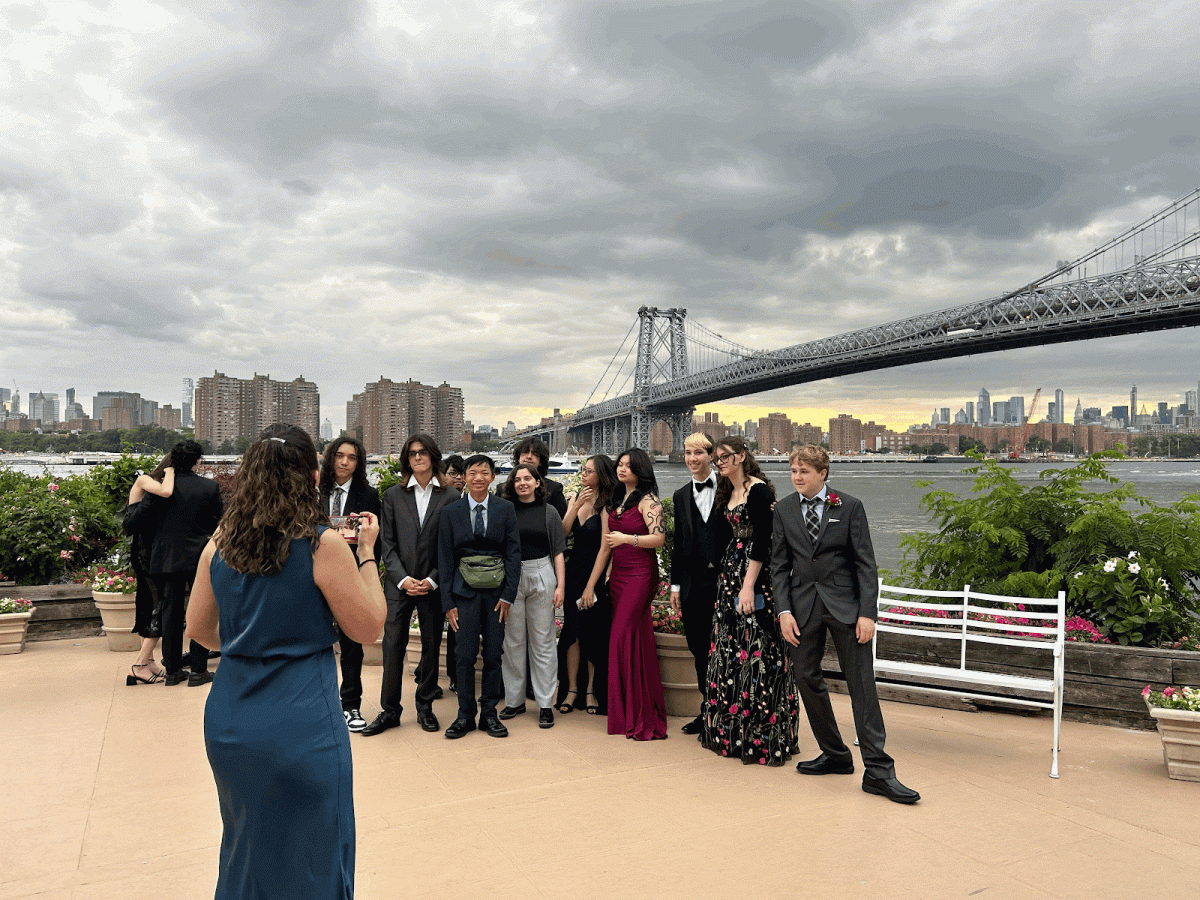
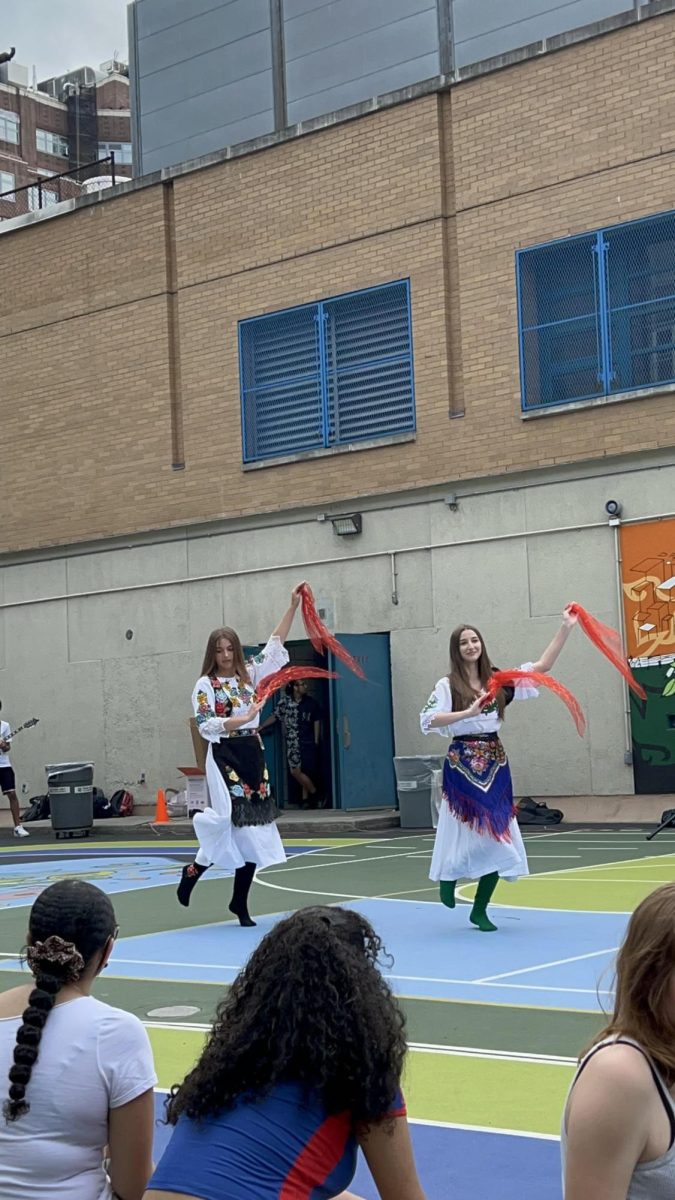








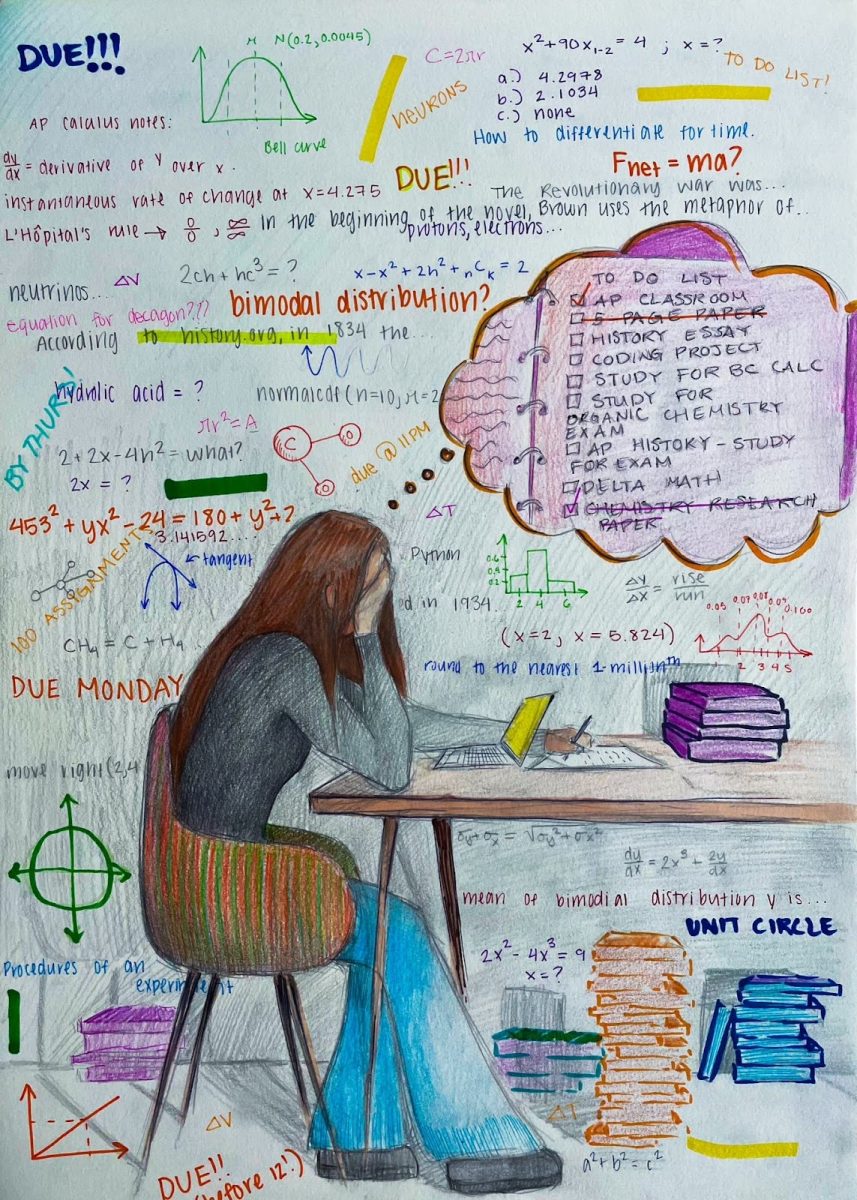
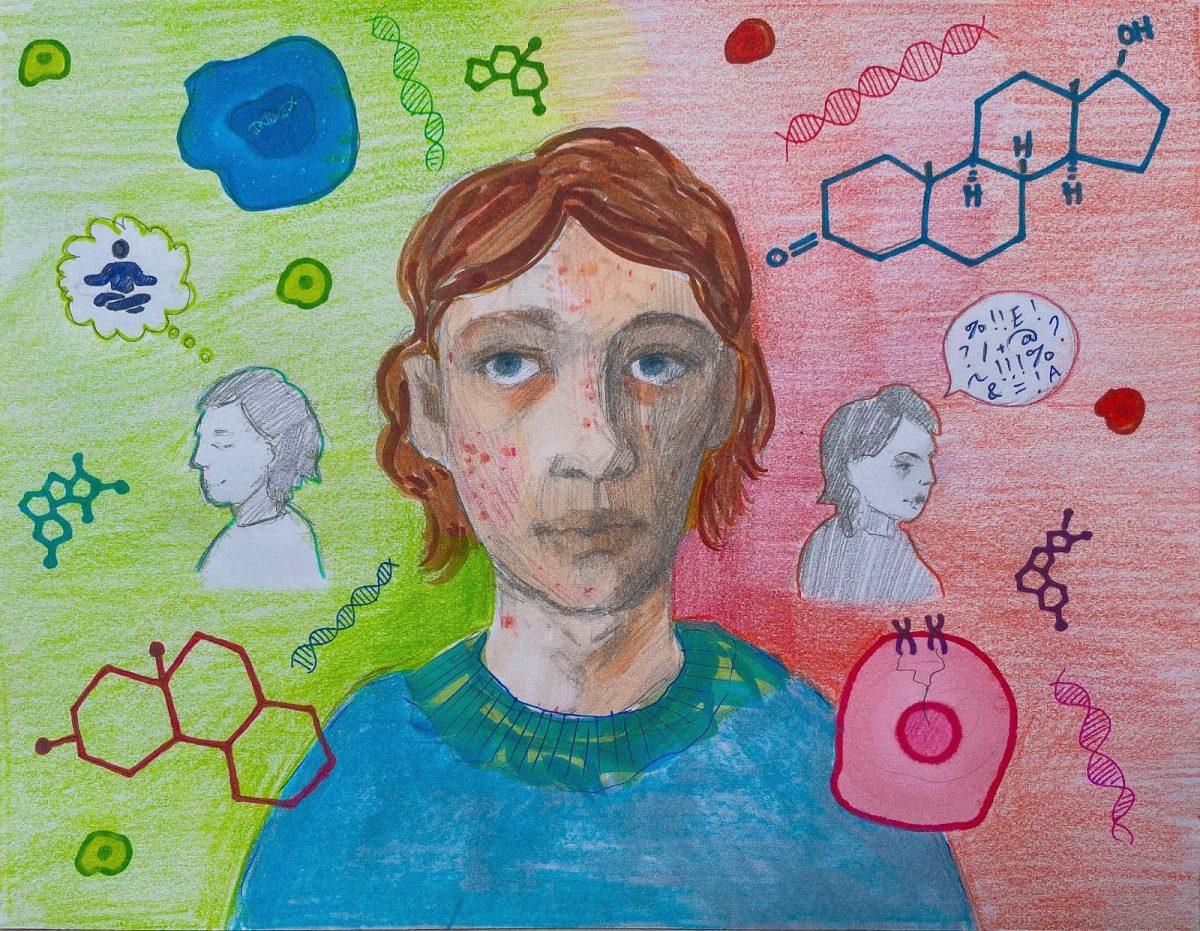

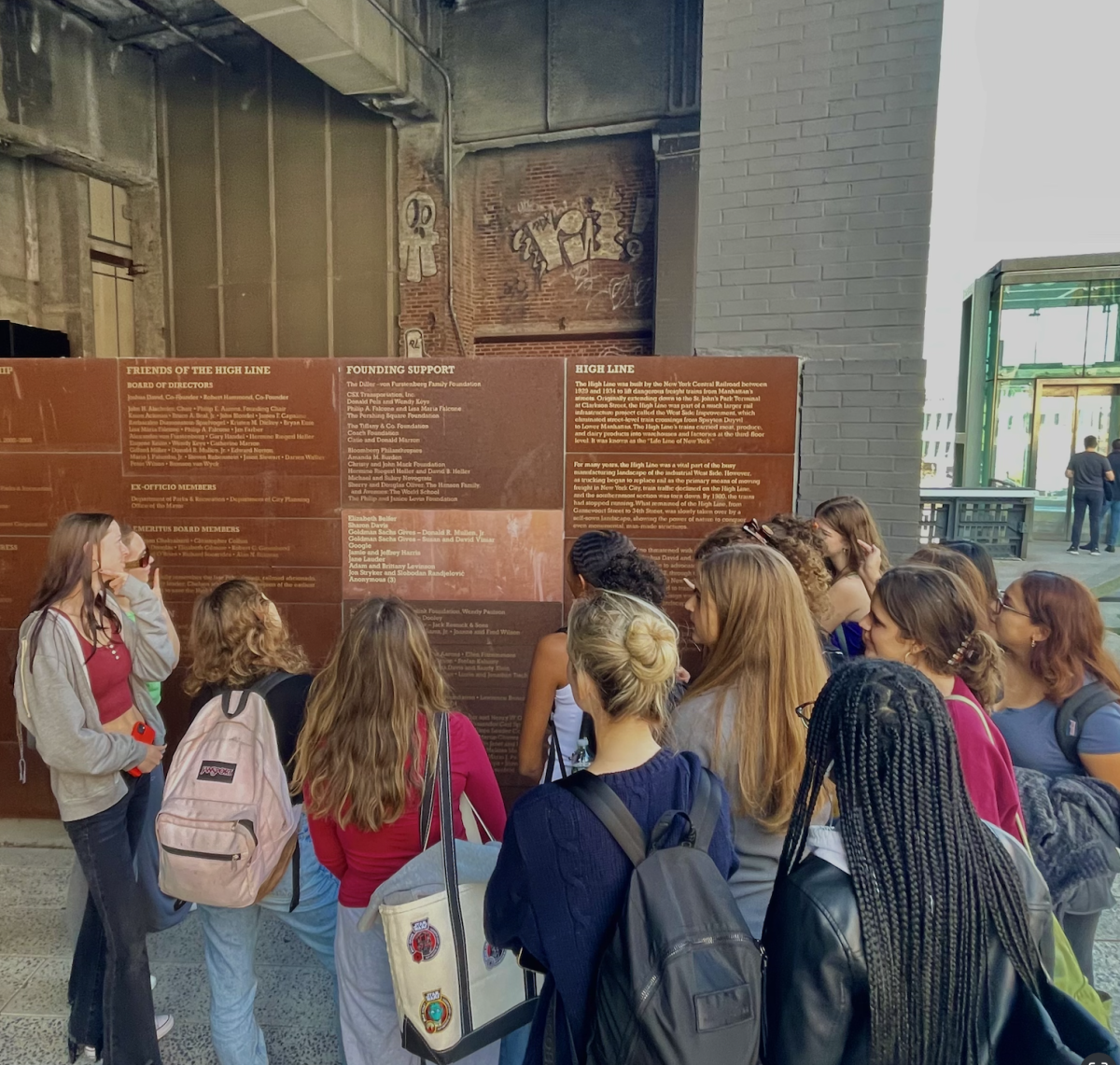
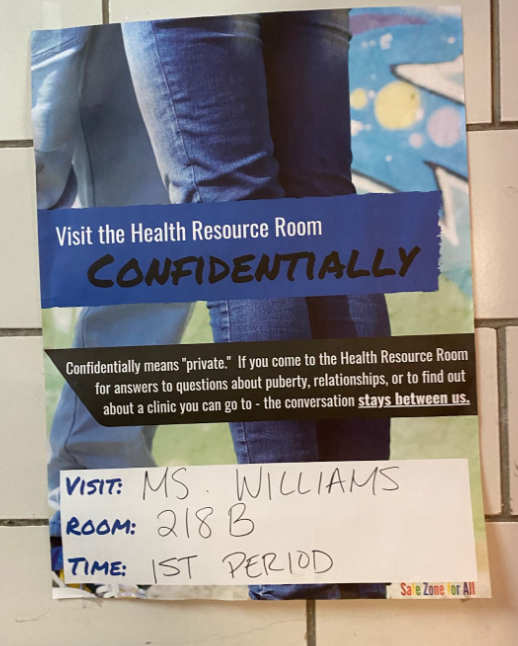
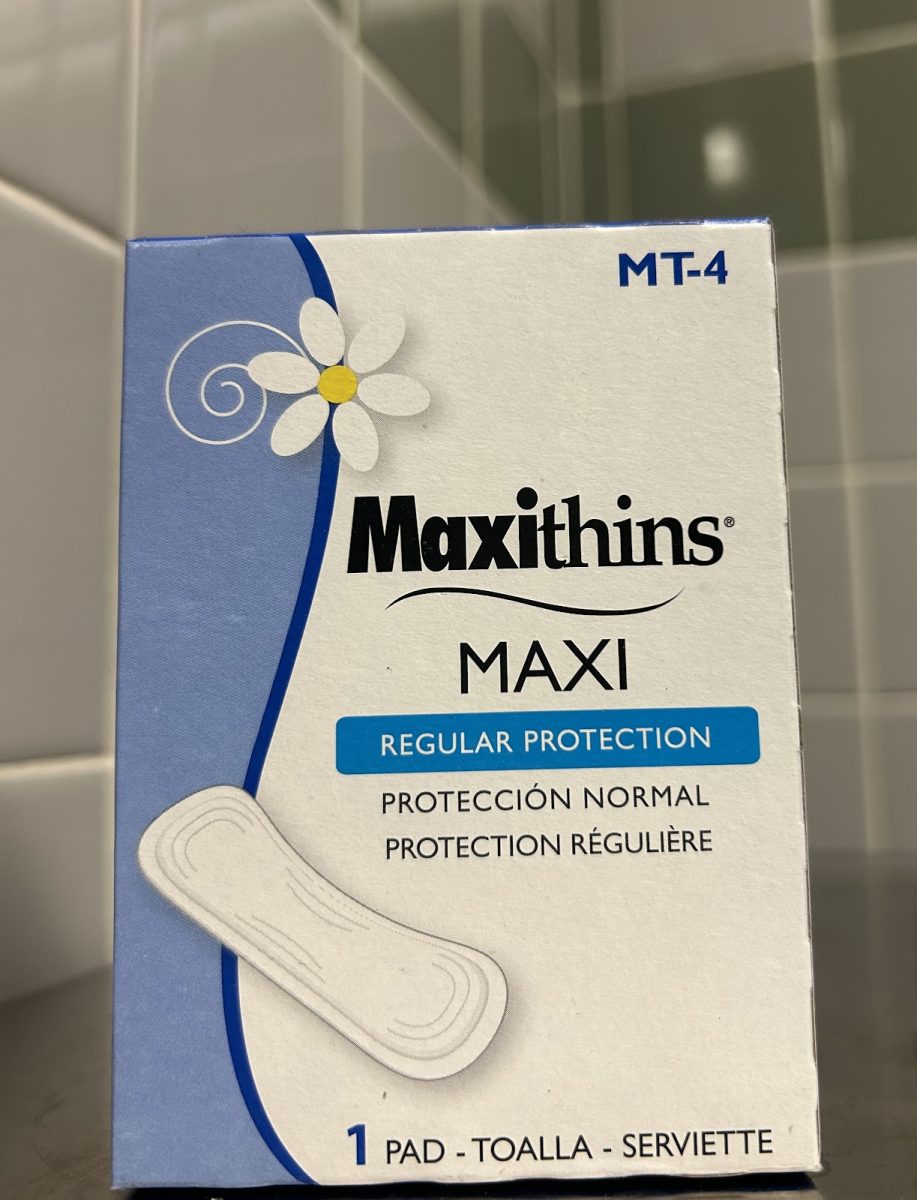


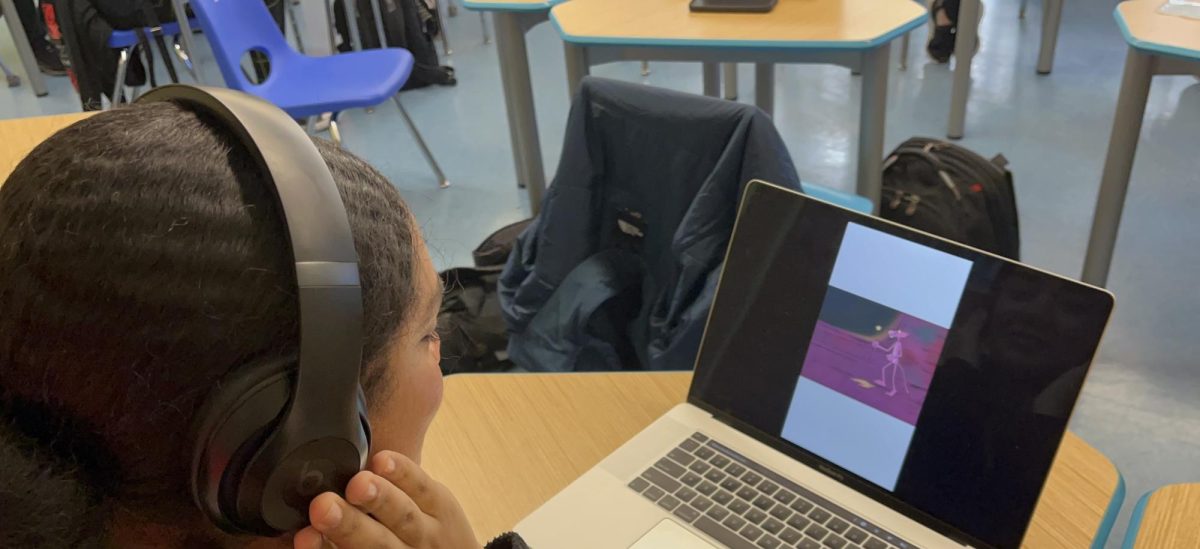


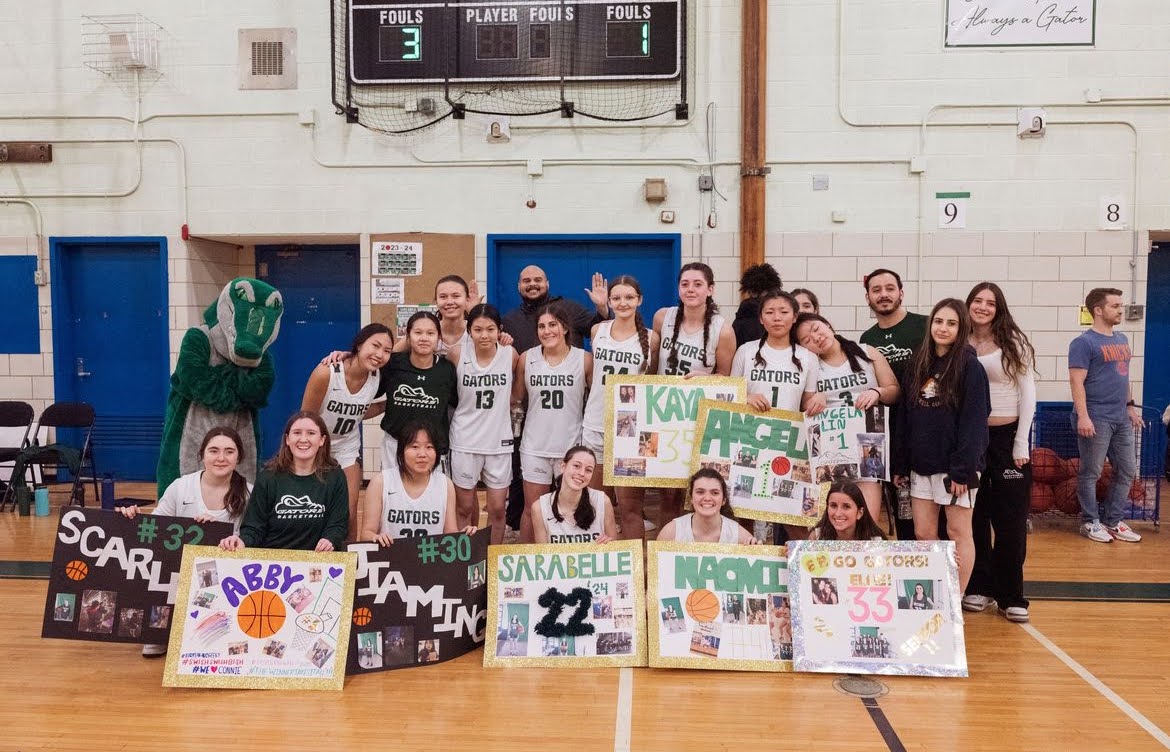








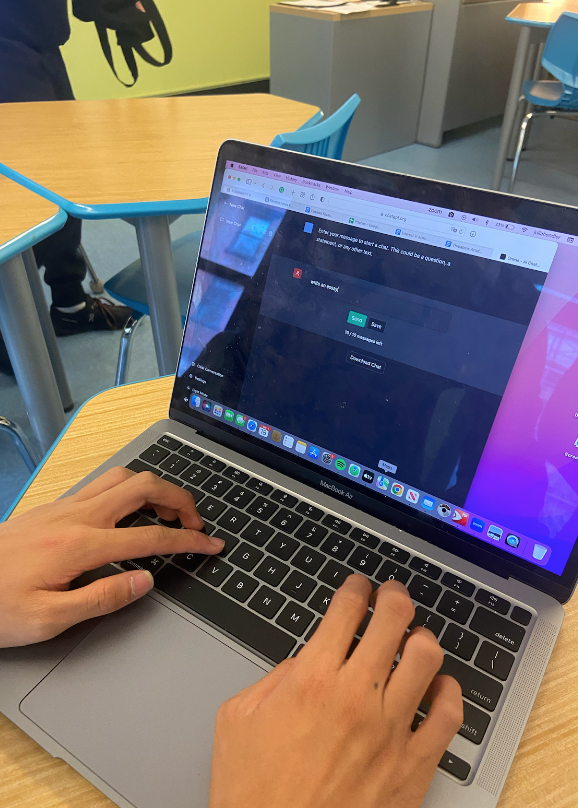
Skye • Dec 4, 2023 at 8:31 am
I like how you included teachers’ and students’ views on the use of AI.
James • Dec 4, 2023 at 8:30 am
I agree ChaptGpt will only be useful for learning if you ask it to explain concepts instead of asking it to give you the answer